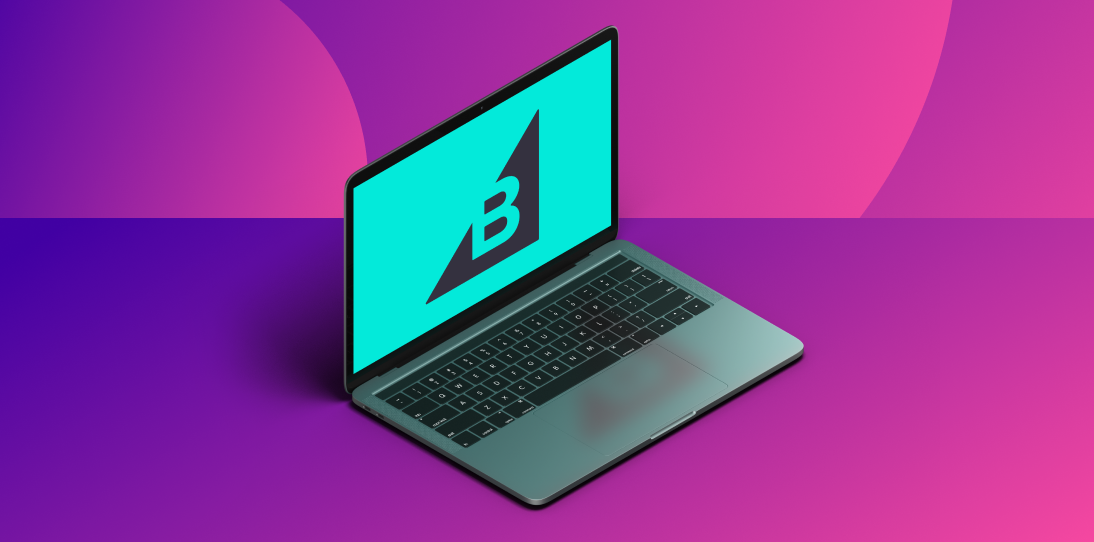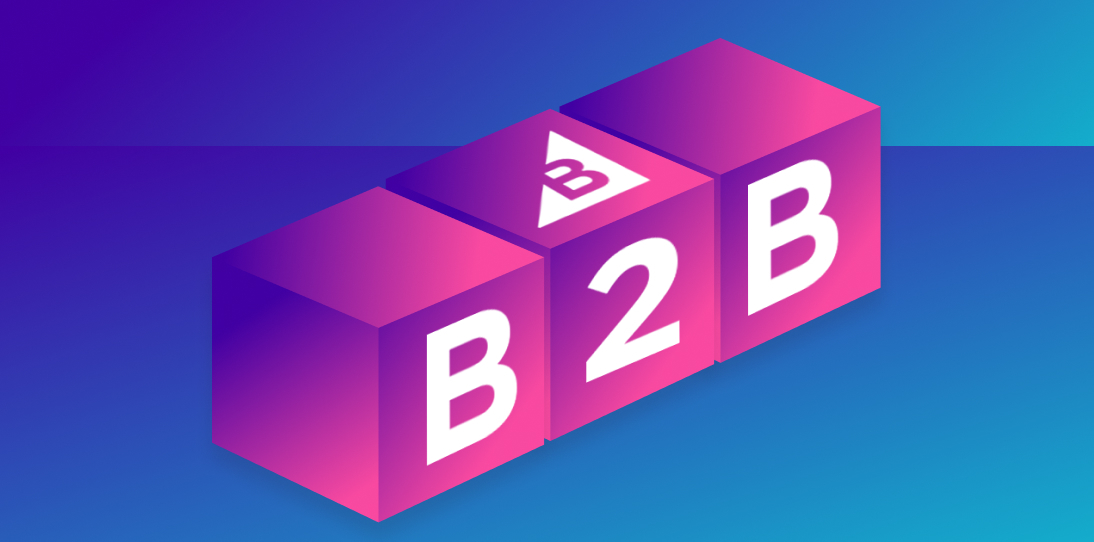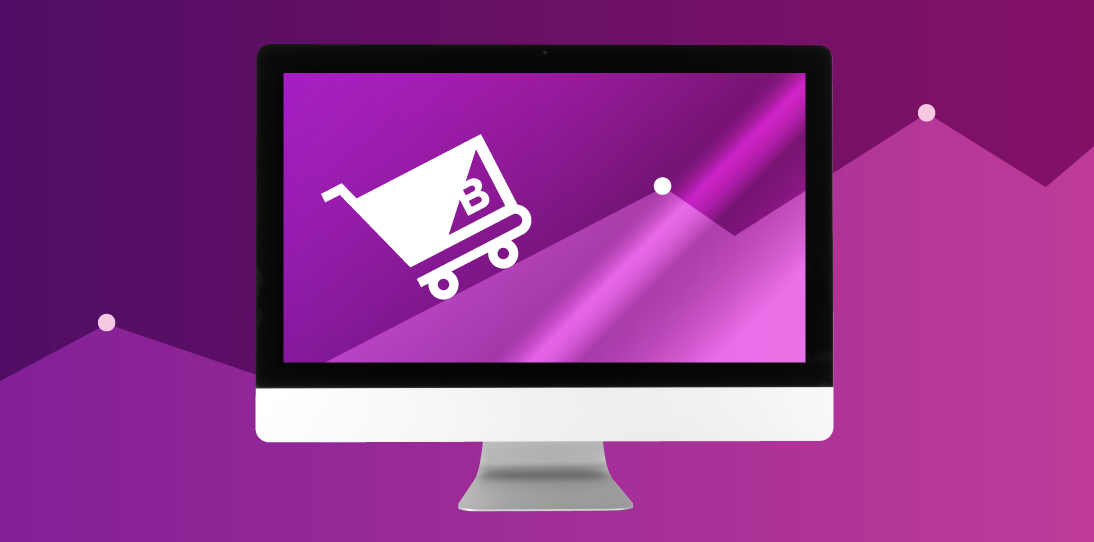- Enterprise
- Essentials
Using B2B Customer Portals to Please Customers and Improve the Bottom Line

Accelerate Your Growth. Move to BigCommerce B2B Edition.
Business-to-business (B2B) enterprises can sometimes be so focused on generating new sales that they neglect to nurture relationships with existing customers.
Compared to B2C transactions, B2B customer relationships are complicated, involving a much larger average order value (AOV) per transaction and complex, highly customized products. Consequently, companies must focus more on the post-sale customer experience rather than exciting presale functions.
B2B customer portals provide a central hub for B2B buyers to request support from their dedicated account executive, reorder items and manage billing and payment.
Customers can also access other self-service options, including:
Manage account information.
View the product catalog, place orders and track order status.
Receive custom quotes and discount structures based on their contract.
Submit support tickets and access user documentation.
Generate reports and track order history.
Customer portals should be accessible on both web and mobile — ideally through a companion mobile app.
Key Features of B2B Customer Portals
The best self-service portals enable users to complete tasks most important to them, such as reordering items, updating their account and requesting support. Personalized portals also hide any information irrelevant to the customer based on their user profile.
Self-service account management.
When given a choice between contacting a support rep and self-servicing, 81% of customers will choose the latter, according to Harvard Business Review.
A B2B customer portal empowers customers to manage their accounts independently. They can track order status, review invoices, make payments and review their existing contract on a 24/7 basis.
Customer self-service offers convenience and flexibility and reduces dependency on manual assistance.
Inventory and order management.
Inventory and order management features give customers real-time visibility into product stock levels, order status and shipping details. This empowers B2B customers to make data-driven decisions regarding their ordering process as well production schedules and workflows.
Customers can also receive alerts about inventory updates, order confirmation and more.
Custom product catalogs.
B2B businesses can curate custom product catalogs to upsell and cross-sell existing customers. These product suggestions feature the customer’s unique requirements and preferences based on the existing contractual agreement while excluding products that don’t apply to that customer’s needs.
The catalog may highlight new releases or promotions and even offer individualized pricing to reward customer loyalty. Customers can check stock levels, lead times or backorder status for items in their personalized catalog.
Security and compliance.
B2B clients must protect their clients’ intellectual property, trade secrets and other proprietary data. Consequently, B2B customer portals must protect sensitive data and adhere to regulatory requirements.
Here are a few must-have security features:
Authentication: Secure access controls prevent unauthorized access to sensitive data. Features such as multi-factor authentication and single sign-on (SSO) enhance safety.
Data encryption: Encryption protects data from unauthorized access during transmission and storage.
Role-based access controls (RBAC): RBAC limits access to sensitive data and prevents users from performing actions beyond their authorized scope.
Data privacy: B2B customer portals must adhere to data privacy regulations and industry-specific compliance requirements.
Reporting and analytics.
Reporting tools enable users to track key metrics such as lead times for order fulfillment and order volume per quarter. Enable users to generate custom reports using parameters and filters.
B2B customers will appreciate the convenience of exporting their data and integrating the portal with other software systems — enabling finance, procurement and executive management teams to use the data as needed.
Customer support.
Customers should be able to request immediate support from a dedicated representative instead of going through a generalized customer support channel. Portals centralize customer communications, enabling the business and the customer to maintain a communications log.
The portal should offer the following support features:
Help desk and ticketing system: Customers can create support tickets and track the status of their requests.
Knowledge base and FAQs: Offer articles, tutorials, user guides and other documentation to enable customers to resolve common issues independently.
Live chat: Customers can initiate chat sessions and receive immediate assistance.
Integration with support systems: The portal should be configurable with your CRM system or help desk software for efficient ticket management.
Free B2B Masterclass
Want to grow B2B online sales faster? Start now by enrolling in our free B2B Masterclass..
Get StartedWhy B2B Ecommerce Customer Portals Help the Bottom Line
Due to their convenience, customer portals have a multitude of use cases. They drive sales, streamline the customer experience and even reduce the burden on sales and customer support teams.
Enhanced sales efficiency.
By enabling customers to browse personalized product catalogs, receive custom pricing and complete orders independently through the customer portal, B2B businesses can generate more sales with fewer resources.
Repeat purchases are more likely when customers can conveniently reorder items — and set purchase reminders or automatic reorders.
Improved customer experience.
B2B customer portals are often underestimated for their role in providing a positive customer experience. Self-service options, personalized interactions and 24/7 access provide convenience and high-touch support.
Customers also have greater access to their data with the ability to generate reports, see data visualizations and track purchases. Offer a mobile-friendly companion app so customers can access portal features while on the go.
Increased customer retention.
Customer portals can offer value-added services beyond basic online ordering and account management. These may include educational materials, industry insights, training resources or exclusive access to relevant content.
This way, portals deepen user engagement, establishing the business as a trusted partner and increasing retention. B2B customer portals can integrate loyalty programs or incentives to reward and encourage repeat business.
Scalability for future growth.
As a business grows, so does transaction volume. B2B customer portals automate order placement, invoicing and order fulfillment. They also enable businesses to make more repeat sales with existing customers without needing a sales rep to facilitate.
Onboarding automation lets the business grow its customer base without increased labor. B2B customer portals also integrate with various software systems such as ERP (Enterprise Resource Planning), CRM and ecommerce platforms, payment gateways and logistics providers, enabling seamless data exchange.
Industry-Specific B2B Customer Portals
A B2B customer portal is not one-size-fits-all. Offer industry-specific features so customers can find necessary information, access custom pricing and meet regulatory requirements.
Apparel and fashion.
Customers in the fashion industry often need to request swatches or samples to evaluate the quality, texture and color of materials. Make it easy for customers to do this via the online portal. Customers should also be able to communicate with sales reps, distributors and account managers.
Finally, B2B portals for the fashion industry typically provide trend insights such as trend reports and other industry-specific content to help customers make informed product selections.
Health and beauty.
The portal should offer personalized pricing based on contract agreements, bulk ordering or loyalty programs. The health and beauty industry is subject to various compliance requirements.
The portal can provide information regarding product compliance, certifications, safety data sheets and ingredient lists. If training is needed to use and sell the product effectively — especially in the case of medical equipment — provide training resources, product guides and tutorials through the portal.
Food and beverage.
Customer portals for the food and beverage industry should provide a comprehensive product catalog with detailed product descriptions, nutritional information and packaging details.
Real-time order tracking and delivery management are key features, especially for transactions involving perishables. Customers should be able to find information about product certifications, quality control and food safety measures via the portal.
Manufacturing.
Customized items and parts are the norm in the manufacturing industry. Enable customers to request customizations or configure products according to business requirements via the portal. This includes selecting dimensions, materials, finishes or other features.
The customer portal should be a central repository for detailed product documentation, including technical specifications, user manuals and safety information.
Automotive.
A B2B customer portal for the automotive industry should feature a high-quality parts catalog with detailed product specifications. Offer a vehicle identification number (VIN) lookup feature that allows customers to retrieve a list of compatible parts for a specific vehicle.
The portal should also make it easy for customers to manage warranty claims, return requests and product exchanges.
A New Approach for New Expectations
BigCommerce’s B2B ecommerce platform enables you with powerful features to readily meet — and exceed — your buyers’ expectations.
B2B SolutionsThe Final Word
B2B customer portals are an important ecommerce solution mutually benefiting customers and businesses. They automate part of the sales process for existing customers, reducing effort for B2B buyers and freeing up sales reps to focus on building long-term customer relationships.
Self-serve capabilities enable customers to manage their accounts independently, discover new products based on tailored suggestions and request custom quotes.
Given the complexity of B2B purchases and the need to nurture long-term customer relationships, customer portals are vital in customer retention, satisfaction and recurring revenue.
FAQs About B2B Customer Portals
Can B2B customer portals integrate with CRMs?
Yes. CRM integrations offer many benefits, including data synchronization. All customer interactions via the portal are logged in the CRM, providing a 360-degree view of the customer and allowing the business to track the portal’s performance regarding user engagement and goal completion.
As such, self-service portals are a key part of any digital transformation process.
How can businesses ensure the security of B2B customer portals?
In addition to providing industry-standard security features — multi-factor authentication, data encryption and role-based access control — businesses must ship regular security patches and software updates.
Regular penetration and security audits can help identify vulnerabilities attackers might exploit. Implement regular data backup procedures to safeguard customer data.
How do companies measure the success of B2B customer portals?
Companies can measure the success of their customer portal using KPIs. Pay attention the following criteria:
User adoption: Increasing user adoption over time signifies the portal's success in creating customer value.
Self-service utilization: Measure the percentage of customer inquiries or transactions completed through self-service features on the portal.
Conversion rate: Increasing the order conversion rate demonstrates that the portal is facilitating successful transactions and driving revenue.
Customer satisfaction: Gather customer feedback through surveys, ratings, or reviews to assess their satisfaction with the portal’s ease of use, functionality and overall user experience.



